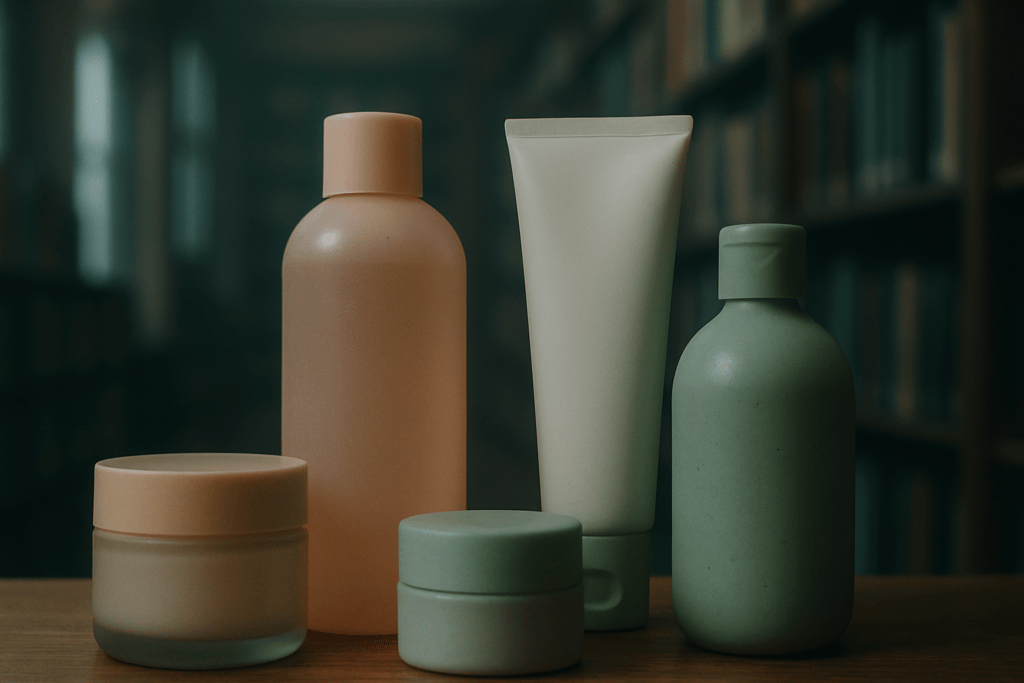What’s Changing in the Beauty Landscape
Inclusivity used to be a buzzword. Now, it’s the baseline. In 2024, we’re not talking about occasional “diverse” campaigns we’re talking about a redesigned industry where representation is built into every product launch and marketing plan. It’s no longer extra credit to carry 40+ foundation shades. It’s minimum effort. Consumers have made it clear: if everyone isn’t included, they’re not buying.
This shift isn’t random. It’s driven by real people. Global demographics are more diverse than ever, and audiences are tired of one size fits some beauty ideals. Social platforms have given underrepresented voices the power to demand better and brands have finally clued in. Leading companies are ditching the outdated concept of a “universal” shade in favor of options tailored to individual undertones and skin needs.
There’s movement beyond packaging too. More brands are hiring diverse teams, consulting cross cultural dermatologists, and creating with intention not just checking boxes. The bar has been raised. Inclusivity isn’t just a cultural moment it’s now the cost of staying relevant.
(Explore more on beauty industry diversity)
Product Innovations: More Than Just Shades
The beauty industry’s commitment to inclusivity is no longer limited to simply adding more shades of foundation. Today, brands are reimagining product development entirely addressing the unique needs of all skin types, tones, and sensitivities.
Foundations That Truly Match
Gone are the days of generic “tan,” “deep,” or “ivory.” In 2024, inclusive foundation lines are defined by:
Expanded shade ranges that reflect real life diversity
True undertone variety, including warm, cool, olive, neutral, and golden
Better online tools and shade matching technology to guide buyers
These updates ensure that consumers no longer have to compromise when it comes to finding a product that matches their complexion.
Skincare for All Skin Types and Stories
Inclusive skincare isn’t just about who it’s marketed to it’s about who it’s made for. New formulations are:
Designed specifically for melanin rich skin, tackling concerns like hyperpigmentation and sensitivity to certain chemicals
Tailored for reactive and sensitive skin, using gentler ingredients and barrier supporting actives
Formulated for a variety of skin concerns, including eczema, acne, rosacea, and combination skin
Feedback Driven Formulas
Products are no longer designed in a vacuum. Consumers now play a central role in product innovation:
Textures and finishes are developed based on real world feedback rather than assumptions
Hydration, absorption, and wearability are tested across different skin types and climates
Sampling programs and reviews help brands pivot and improve faster
Beauty That Everyone Can Use
Accessibility has become a core design principle for many new beauty lines. Inclusive product innovations also include:
Packaging designed for ease of use, including adaptive designs for those with mobility challenges
Fragrance free and hypoallergenic options for those with sensitivities
Clearer ingredient labels and allergy warnings, making products safer and easier to shop
Inclusive beauty in 2024 means creating with care, listening deeply, and designing intentionally for everyone.
Brands Leading the Charge

Legacy beauty brands aren’t coasting on name recognition anymore. The ones still thriving in 2024 are doing the work rethinking formulations, marketing, and team diversity from the inside out. Think less performative promise, more actually delivering 40+ foundation options and hiring decision makers who reflect their customer base.
At the same time, indie labels are shaking the industry tree. These brands aren’t waiting for boardroom approval they’re launching with purpose, building their formulas around underserved groups from day one. Their packaging, shade ranges, campaign casting they all feel like someone actually listened before the launch.
Social media isn’t just watching this play out it’s driving it. Consumers are quick to call out brands for tokenism or lazy inclusion. But when a brand gets it right, that praise spreads just as fast. Public accountability has never been more direct, or more powerful.
And this isn’t just about influencer partnerships anymore. Brands are teaming up with dermatologists, estheticians, and everyday users with real skin not just airbrush perfect content creators. The message is clear: representation without expertise or authenticity falls flat.
Still hungry for more? Check out this deep dive on how the beauty industry is embracing diversity.
What Inclusive Beauty Means for Consumers
Finding your skin tone match used to feel like solving a puzzle with half the pieces missing. In 2024, it’s simpler. Brands are finally dialing in to shade ranges, undertones, and skin specific formulas that actually reflect real people. You no longer have to mix three colors to get close to your foundation match it’s probably already on the shelf.
But inclusive beauty goes beyond color matching. It’s about showing up as yourself without masking what makes you unique. The industry is shifting away from trying to ‘fix’ imperfections and toward elevating individuality. Freckles, texture, rosacea, vitiligo it’s all part of what makes you human. And brands are finally treating you that way.
More consumers are also asking: what’s in this product, and where is it coming from? Transparency matters. Ingredient lists are getting cleaner. Ethical sourcing matters. Sustainability isn’t an afterthought. People want to know their self care routine aligns with their values.
Ultimately, inclusive beauty is about giving people options and the confidence to choose what works for them, not what hides them.
Looking Forward
Personalized beauty isn’t a buzzword anymore it’s being coded into the industry. Brands are leaning into AI and big data to move beyond one size fits all. Think: skin assessments through smartphone photos, product suggestions based on real time environmental data, and formulas that adapt to your lifestyle, not just your skin type. Tech isn’t replacing expertise it’s making it scalable, accessible, and hyper relevant.
But personalization doesn’t stop at skin tone or dryness levels. A growing number of companies are designing with intention for people across the gender spectrum and those with disabilities. Packaging that’s easier to grip. Labels you can read without squinting. Multi use products that simplify routines rather than complicate them. Gender neutral isn’t niche anymore it’s a sign a brand is listening.
At the end of the day, inclusive beauty means practical innovation, not marketing fluff. It’s not about checking boxes. It’s about bringing more people in and making sure they stay. Inclusive beauty is good beauty. Full stop.




